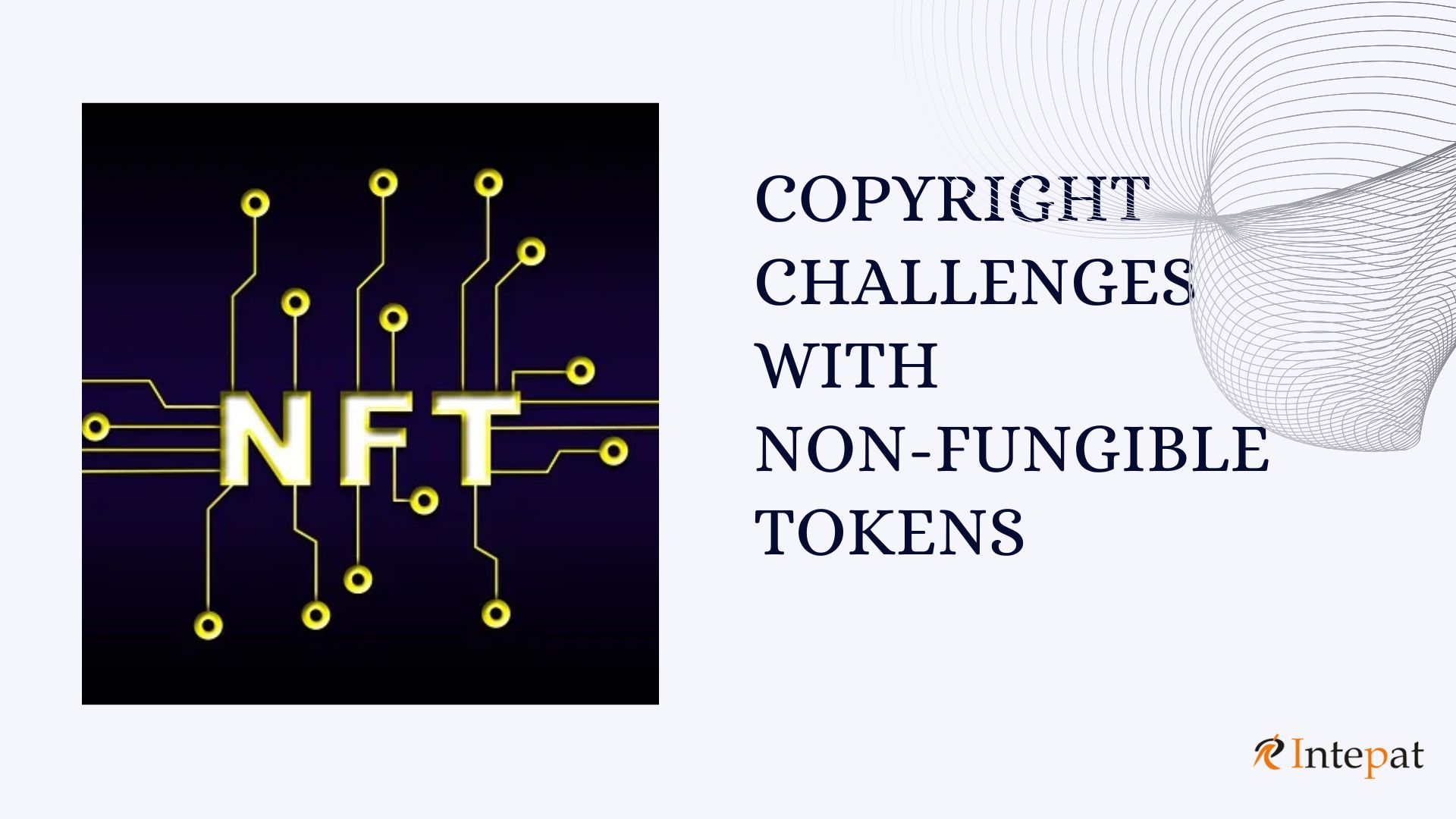Introduction
The Metaverse is a realm born from human imagination. As children, many of us dreamed of stepping inside the video games we played, and today, that fantasy has become a reality. Through avatars, we can immerse ourselves in virtual environments, travel to new places, and experience things beyond the limits of the physical world. The Metaverse represents a parallel universe where individuals, via their avatars, engage in activities much like in the real world—buying properties, acquiring accessories, selling goods, and even earning money. Among these virtual assets are NFTs (Non-Fungible Tokens), which can be described as real-world items transformed into digital tokens that can be traded in virtual marketplaces.
For example, Twitter CEO Jack Dorsey auctioned an NFT of his tweet, “just setting up my twitter,” which sold for over $2.9 million, alongside other high-profile sales like NBA’s Top Shot. Tweets, selfies, gaming cards, and other digital assets are being sold at staggering prices. However, this emerging digital marketplace presents intellectual property challenges that mirror—but also differ from—those found in the physical world. One such issue relates to copyright, particularly in the context of NFTs. This article will delve into the key copyright challenges associated with NFTs and their implications for the creative industry.
Understanding Non-Fungible Tokens In the Metaverse
The commercial ecosystem Metaverse is governed by the use of cryptocurrencies and non-fungible tokens (NFTs), which leverage blockchain technology. NFTs are unique digital tokens that represent ownership of specific digital assets. These assets can be anything from digital artwork and trading cards to in-game items, all of which are bought and sold using cryptocurrencies.
Once a digital asset is created, it is securely stored on the blockchain, where its data is encrypted and recorded. The Ethereum blockchain is the most commonly used for NFTs. Each block of data is validated by a validator and remains immutable, ensuring its integrity. When a token is minted, a unique identifier is assigned to it, linking it to the blockchain address of the owner.
NFTs are embedded with smart contracts—self-executing contracts written in code—that facilitate the transfer and verification of ownership. In contrast to fungible tokens, which can be exchanged for one another like crypto currencies, NFTs are non-fungible and unique, for instance, a token representing the Mona Lisa painting. This distinction underscores the value and individuality of each NFT in the expansive landscape of the Metaverse.
The Copyright Aspect of NFTs
Ownership and Authorship in Copyrighted work
The artistic and literary works in which the copyright subsists in the physical world are minted to form a NFT. The NFT is a form of representation of the copyrighted work and is not the actual work. The one who owns the NFT is not necessarily also the author of the work. Unauthorized minting of copyrighted work can amount to infringement. In Miramax v. Tarantino, the plaintiff alleged that the defendant has infringed its copyright in Pulp fiction by minting parts of the screenplay. The defendant claimed that minting was a part of his reserved right to print and publication under the contract. Though the matter was settled outside court, had it been decided by the court, it would provide an understanding of whether minting amounts to reproduction of the work. It is therefore pertinent to gain the requisite permissions before minting any copyrighted work. Minting isn’t limited to copyrighted works; it can also apply to creations available to the general public, such as songs generated by AI.
Sale and Purchase of work
The sale and purchase of NFTs takes place at a digital marketplace. A sale of NFT of a copyrighted work is the sale of the metadata in the work and not the actual work. Once the transaction takes place, the NFT is transferred from the digital wallet of the owner to that of the buyer. The transfer of the token does not in itself entail the transfer of copyrights and the associated rights in the work. It is therefore advisable to enter into a separate contract for the transfer of copyrights in the associated work for the purpose of commercialization.
Smart Contracts: Are they enough?
The minting of NFT is also embedded with a smart contract. Smart contracts are computer codes which may or may not be copyrighted. Can these smart contracts be used to assign the rights in the copyrighted work to a third party? As per the Indian Copyright Act 1957, it is mandatory for an assignment agreement to be in written form for it to become valid. Hence, the smart contract cannot be used for licensing any copyright related works.
The first sale doctrine, which allows the owner of a particular copy of a work, to either sell or dispose of that copy without the copyright owner’s consent, might apply differently in the case of NFTs. Some argue that digital transmission of NFTs involves creating multiple copies of the work while other point out that transfer of NFTs from one digital wallet to another merely represents the location of work.
India’s Stand on NFT
There is no law in India to regulate NFTs. The only law in India which talks about NFTs is the Income Tax Act 1961, which includes non-fungible tokens under the definition of virtual digital assets. Income generated through NFTs is taxed at 30%. According to a source, the NFTs market in India will increase from $3.3 billion in 2021 to $27 billion by 2028. The only Indian jurisprudence regarding the legality of NFTs in India was established by the Delhi High Court in the Digital Collectibles case. The issue involved in the case was whether the use of names and images of sportspersons to create digital player cards is a violation of their privacy and publicity rights. The court ruled that use of images and names for parody or art falls under freedom of speech and expression, and hence there is no violation of publicity or personality rights.
Issues Pertaining to the Use of NFTs in Copyright
Firstly, there is no legislation to regulate the NFTs in India. The United States Digital Millennium Copyright Act’s (DMCA) provides a notice-and-takedown system where one can ask NFT marketplaces to delist infringing NFTs. However, it also faces jurisdictional challenges and difficulty in removing infringing content. Secondly, there is a lot of confusion regarding the ownership and authorship of the work. It is often noticed that NFT minting platforms mint the work before transferring or selling it; this causes blockchain to record those platforms as the creators. Further, the identification of the source of minting in the case of anonymous or pseudonymous digital wallets becomes difficult. Thirdly, there is no clarity of rights of the seller and purchaser upon transfer of NFTs of a copyrighted work.
Conclusion
NFTs function in a highly decentralized way, with their full potential still largely untapped. Some believe that NFTs could be utilized for documenting and maintaining records of an artist’s copyrighted works, or even for improving the registration process for these rights. On the other hand, critics point out that there are no significant disincentives, such as criminal penalties, for providing inaccurate information in NFT metadata. Furthermore, once incorrect information is entered, there is often no way to rectify it. Despite these challenges, the growth of NFTs is inevitable, making it essential to amend copyright laws to include provisions for NFTs.
Written by Khushee, an assessment intern at Intepat IP.




